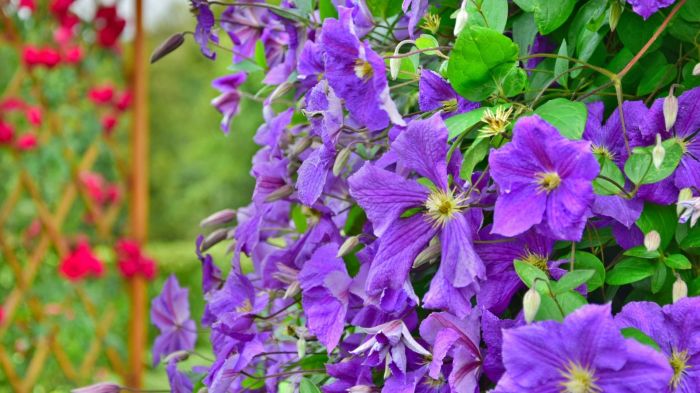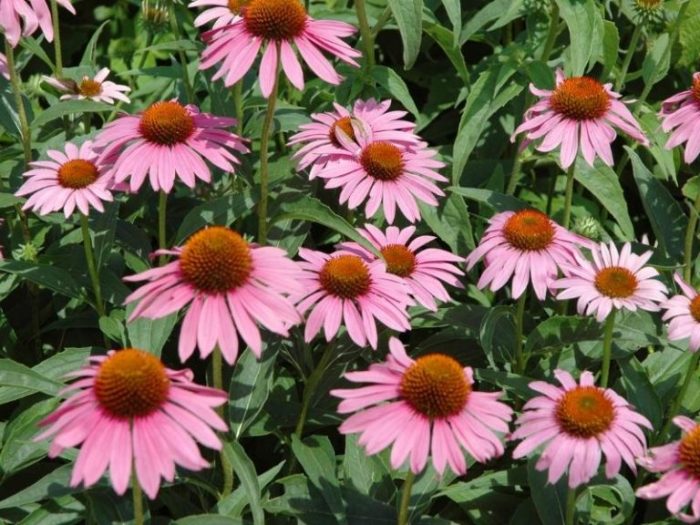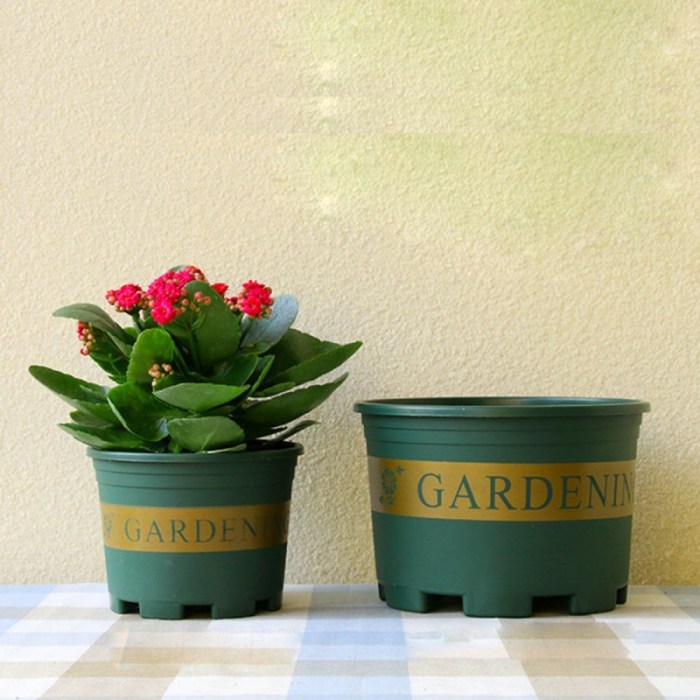Types of Plant Pot Stands

Plant pot on a stand – Yo, plant peeps! So you’ve got your rad plants, but they need a serious upgrade – a fly plant stand. Let’s dive into the different styles and materials you can choose from to level up your plant game. We’re talking about the perfect blend of function and fashion for your green babies.
Plant Pot Stand Materials and Styles
Choosing the right plant stand material depends on your style, your budget, and how much abuse your stand will take (cats, kids, clumsy roommates – we’ve all been there!). Different materials offer different aesthetics and durability. Let’s break it down.
Elevating your greenery with a plant pot on a stand offers undeniable aesthetic advantages, not to mention a practical boost to your back. For those ambitious gardeners tackling larger specimens, a sturdy stand is particularly crucial, especially when using a substantial container like a 5 gallon plant pot , which, let’s be honest, can be a bit of a handful.
The resulting elevated display then showcases your magnificent plant, preventing accidental spills and adding a touch of sophisticated whimsy.
| Material | Style | Pros | Cons |
|---|---|---|---|
| Wood | Rustic, modern, minimalist; think farmhouse chic, sleek mid-century, or even a super-industrial vibe with reclaimed wood. | Durable (if treated properly), naturally beautiful, adds warmth, tons of style options. | Can be pricey, susceptible to moisture damage if not sealed properly, can be heavy. |
| Metal | Industrial, modern, contemporary; think sleek black metal, colorful powder-coated finishes, or even ornate wrought iron. | Strong and durable, often lightweight (depending on the metal), easy to clean, can be very stylish. | Can rust (unless treated), might be cold to the touch, can be expensive depending on the metal and design. |
| Plastic | Modern, minimalist, eclectic; think bright colors, simple designs, or even imitations of other materials. | Affordable, lightweight, easy to clean, comes in a huge variety of colors and styles. | Not as durable as wood or metal, can look cheap if not well-designed, can fade in sunlight. |
| Ceramic | Elegant, traditional, bohemian; think ornate details, simple clean lines, or even brightly colored glazed finishes. | Adds a touch of elegance, can be very visually appealing, durable if not dropped. | Can be fragile and break easily, can be expensive, heavy. |
Maintenance and Care of Plant Pot Stands: Plant Pot On A Stand

Yo, keeping your plant stand lookin’ fresh and fly isn’t just about aesthetics; it’s about safety and longevity, too. A neglected stand can become a hazard, or worse, ruin the vibe of your plant paradise. Let’s keep those bad boys in tip-top shape.Maintaining your plant stand depends heavily on the material it’s made from. Different materials have different weaknesses, so knowing what you’re working with is key.
Material-Specific Maintenance Issues
Different materials present unique challenges. Wooden stands might rot if exposed to excessive moisture, while metal stands can rust if not properly protected. Plastic stands, while generally durable, can crack under stress or from extreme temperature changes. For example, a cheap plastic stand holding a heavy ceramic pot might crack under the weight, especially if it’s been sitting in direct sunlight all day.
Similarly, a wrought iron stand left outside during a harsh winter might rust significantly.
Cleaning and Preserving Plant Stands
Keeping your plant stand clean and preserved is crucial for its lifespan and appearance. Here’s the lowdown on how to keep it looking fresh:
- Wooden Stands: Dust regularly with a soft cloth. For deeper cleaning, use a damp cloth (not soaking wet!) and a mild wood cleaner. Consider applying a wood sealant every few months to protect against moisture damage.
- Metal Stands: Wipe down regularly with a damp cloth. For rust removal, use a wire brush and a rust remover. Apply a protective coating like paint or clear sealant to prevent future rust.
- Plastic Stands: Simply wipe with a damp cloth and mild soap. Avoid harsh chemicals that can damage the plastic.
Regular cleaning prevents dirt buildup, which can lead to deterioration. Think of it like this: regular cleaning is like preventative maintenance for your car—it keeps small problems from becoming big ones.
Checking Stand Stability, Plant pot on a stand
This is super important, especially if you’re using a stand for heavier plants. Regularly checking the stability prevents accidents and keeps your plants safe. Imagine this: your super-sized monstera deliciosa tumbling to the floor because the stand wobbled—total plant disaster!
- Visual Inspection: Regularly check for any signs of warping, cracking, or loose screws/bolts.
- Weight Distribution: Ensure the plant pot is centered on the stand and the stand itself is on a level surface.
- Stability Test: Gently rock the stand to check its stability. If it wobbles excessively, address the issue immediately. This might involve tightening screws, repositioning the plant pot, or even replacing the stand.
Clarifying Questions
How much weight can a typical plant stand hold?
The weight capacity varies greatly depending on the material and construction of the stand. Check the manufacturer’s specifications for details. Generally, sturdier materials like metal and wood can support more weight than plastic or lightweight designs.
How do I clean different types of plant stands?
Wood stands can be wiped with a damp cloth; metal stands can be cleaned with a mild soap and water solution; plastic stands can be cleaned with most household cleaners; ceramic stands should be handled with care to avoid chipping or cracking.
Are plant stands necessary?
Plant stands aren’t strictly necessary, but they offer several benefits, including elevating plants for better light exposure, improving room aesthetics, and protecting floors from water damage.
What size plant pot fits a specific stand?
Always check the stand’s dimensions before purchasing to ensure compatibility with your plant pot’s size and base. Some stands are designed for specific pot sizes, while others offer more flexibility.



